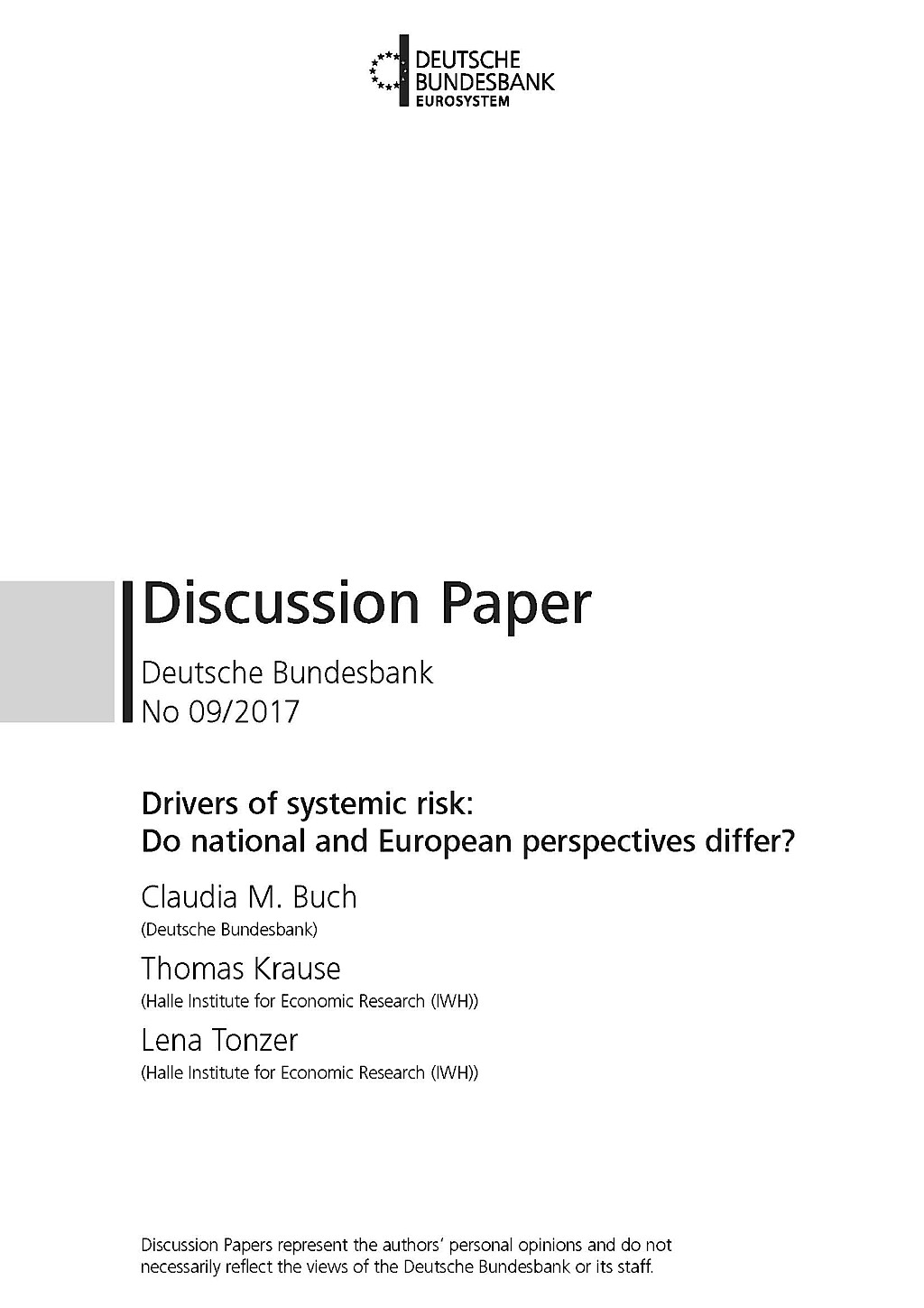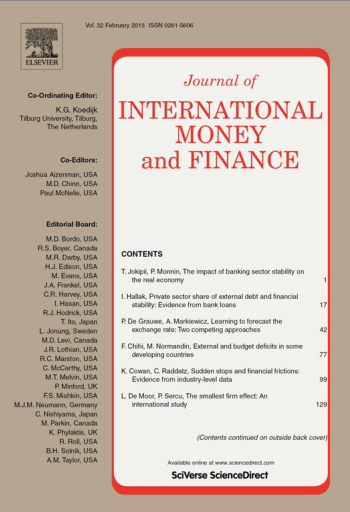
Drivers of Systemic Risk: Do National and European Perspectives Differ?
In Europe, the financial stability mandate generally rests at the national level. But there is an important exception. Since the establishment of the Banking Union in 2014, the European Central Bank (ECB) can impose stricter regulations than the national regulator. The precondition is that the ECB identifies systemic risks which are not adequately addressed by the macroprudential regulator at the national level. In this paper, we ask whether the drivers of systemic risk differ when applying a national versus a European perspective. We use market data for 80 listed euro-area banks to measure each bank’s contribution to systemic risk (SRISK) at the national and the euro-area level. Our research delivers three main findings. First, on average, systemic risk increased during the financial crisis. The difference between systemic risk at the national and the euro-area level is not very large, but there is considerable heterogeneity across countries and banks. Second, an exploration of the drivers of systemic risk shows that a bank’s contribution to systemic risk is positively related to its size and profitability. It decreases in a bank’s share of loans to total assets. Third, the qualitative determinants of systemic risk are similar at the national and euro-area level, whereas the quantitative importance of some determinants differs.






